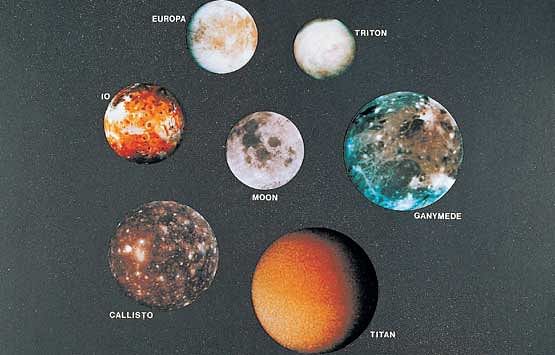
Biologists and astrobiologists are only too aware of the very important role water plays in sustaining life on Earth. The solid form (ice) being lighter than its liquid form is crucial for all seas, oceans or rivers to not freeze fully killing all life!
High latent heat ensures that oceans do not boil off, while high specific heat, together with the fact that two thirds of the Earth’s surface is covered with water ensure that global temperatures are more or less uniform and do not go to extremes, destroying life. Water is a good solvent and carries nutrients in our bodies, blood and other body fluids. We are ourselves 70 per cent water.
Indeed, astrobiologists define the habitable zone around any star as the narrow region, where water can exist as a liquid. In our solar system, only the Earth is in such a zone, Mars being too cold, and Venus being too hot. The Earth is at the right distance from the sun for vast quantities of water to survive on the surface. It is therefore not surprising that astronomers always look for traces of water present on any planet or other celestial body, while looking for possible exo-habitats. That is why there was considerable excitement when Jupiter’s moon, Europa or Saturn’s moon, Enceladus were pictured as having vast reservoirs of water.
Europa: More water than Earth?
Indeed, Europa is suspected to have a subterranean ocean which contains perhaps a greater amount of water than Earth. The Phoenix probe confirming the presence of water on Mars and Chandrayaan (and the LCROSS probe) detecting lunar water has caused much excitement among astrobiologists lately. Astronomers have been detecting the presence of water in interstellar space, around some evolved stars and also water masers (found in dense molecular clouds) in some galaxies. Any celestial detection of water is sure to excite astronomers.
In this context, it is very interesting that recently, David Charbonneau et al (Nature) reported the discovery of a transiting exoplanet GJ1214b, with a mass about six times that of the Earth and a radius about 2.7 times (of the Earth). The density of the planet is quite low (less than 2g/cc), suggesting that roughly half the mass of the planet is water.
In other words, while the total mass of all water on Earth is only 0.06 per cent of the mass of the Earth, this super-earth exoplanet has a total mass of water which is several thousand times than what the Earth contains. An exoearth dominantly composed of water! However, the planet is at a very close distance to its parent star (a faint red dwarf star), with an orbital period of just 1.6 days (contrast Earth’s 365 days). This implies a torrid surface temperature of about 200O C, so that the water is bound to be in a very deep ocean below the surface. Again, it is interesting that this planet is only forty light years from Earth.
Another exoearth was found by the COROT satellite and has been dubbed COROT 7b with a mass five times that of the Earth and a density comparable to it. So, this planet would have much less water. The Kepler probe also now in orbit is expected to monitor a hundred thousand stars to look for planets. With a lot of intense activity by astronomers in the future, we may expect to find many more super-Earths and whole water worlds. The list of all exoplanets has already crossed 400!
Exciting times ahead for astrobiology. Exoplanets with signatures of ozone and methane in addition to water would be even more exciting.
As we know, the ozone layer protects life from harmful solar ultra violet rays, and signifies presence of vast quantities of oxygen in the atmosphere. Much of the methane on earth is biogenic. The formation of planets like GJ1214b1 containing mainly water by mass is also a big puzzle. If this water world had been ten times farther from its parent star, it would have been within the star’s habitable zone. The other super Earth, COROT-7b has too hot a surface, a searing 2000 degrees!
Avatar’s Pandora an exomoon
Considering that the giant planet Jupiter’s moon, Europa, has created interest because of the likely presence of a huge ocean beneath its surface, it has been suggested that many of the hot exo-Jupiters could have moons around them, having conditions suitable for life.
In fact, this was suggested in 2004, six years ago in a note which was published in Astrobiology Conference held in Iceland. It is interesting to note in this connection that the producers of the movie Avatar chose an exomoon orbiting a giant planet of our neighbouring star, Alpha Centauri B. This life sustaining vegetation filled exomoon was named Pandora in the movie. Pandora also has three-metre tall intelligent humanoids and is filled with bioluminescent creatures.
However, Alpha Centauri B forms a rather close binary with Alpha Centauri A and for this reason, astronomers have expressed doubts whether giant planets with moons forming in such systems would be stable. However, this may open up a Pandora’s box in their search for suitable life sustaining exomoons. One such exomoon was recently claimed to have been imaged.
(The author is with the Indian Institute of Astrophysics)